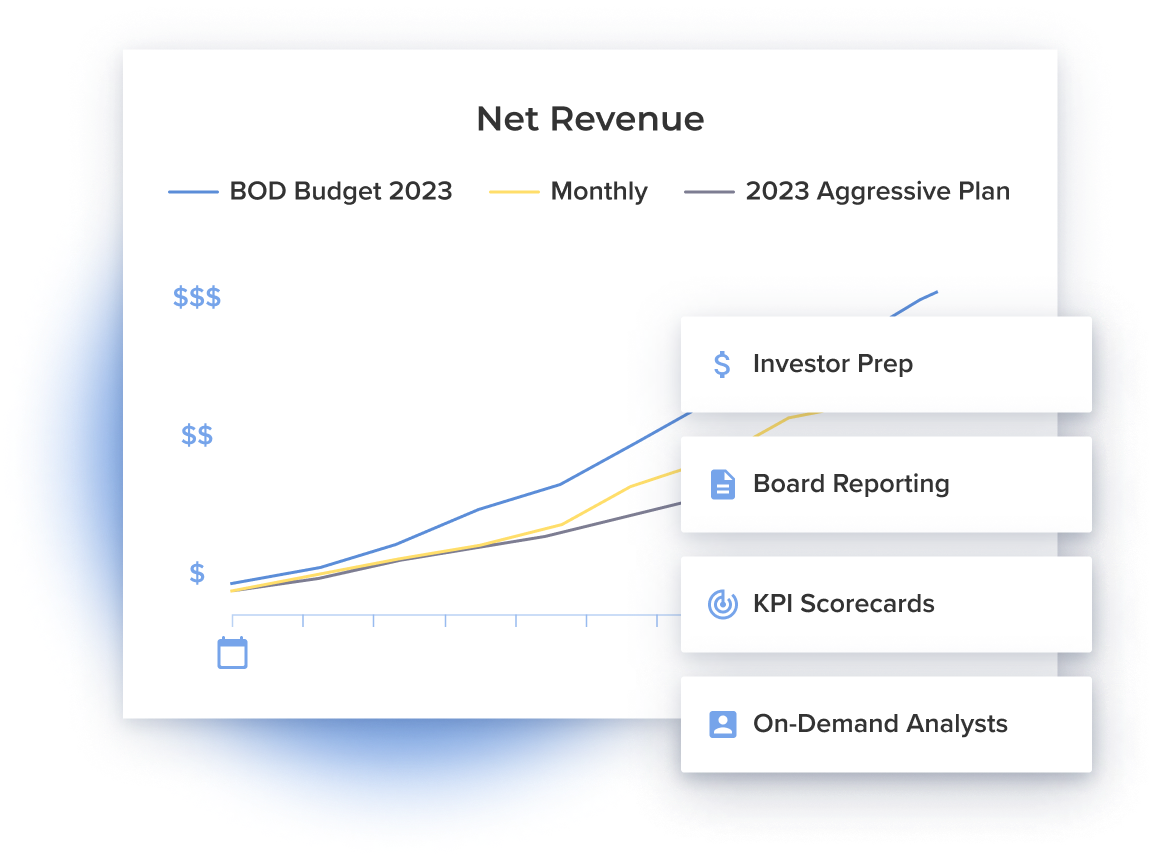Revenue-Based Financing & Factoring
Pioneered by Lighter Capital, revenue-based financing or RBF is when the lender lends against the forward revenue from a collection of contracts. RBF is used primarily in the SaaS world, but providers are experimenting with RBF in the retail world, especially around subscription-based models.
A SaaS company may have thousands of customers paying for their services on some form of payment schedule. The more locked-in these contracts are, the more likely the future payments will come through. For example, credit issues aside, you would feel better about a three-year contract than you would about a month-to-month contract. The RBF lender will assess the likelihood of those forward revenue streams and the ability of the borrower (company) to continue generating those streams (for example, does supporting those contracts require massive R&D and customer support teams, or is this a super high-margin, low-effort business?)
Some capital providers are starting to combine RBF with factoring. The idea is that instead of buying a PO from Target, the capital provider is buying the revenue contract or stream of revenue of an individual customer (or a collection of customers) of the borrower. For example, a SaaS or subscription company may have 1,000 customers on monthly contracts. The factor in this case buys the forward revenue from those contracts at a discount to their face value. The borrower gets money now, and the factor gets to compound their money. Pipe and Capchase are innovators here.
Pros
- Facility size (i.e., the amount you can borrow) can grow in step with your revenue growth
- You can shop around for good offers, as the landscape is increasingly competitive.
Cons
- Many of these lenders started with SaaS, so they tend to underwrite and think about eCommerce subscription businesses with that mindset. Their ability and interest to do subscription eCommerce deals will vary. You may end up having to do a lot of education about your business model and subscriber base. Pipe and Capchase have pushed harder into eCommerce and others are following suit.
- RPB is similar to mezzanine debt (see below) in terms of pricing e.g. mid to upper teens — and can even be higher.
- Pay attention to the terms. For example, prepayments may be a challenge.
Best For
- Subscription eCommerce businesses
Pairs With
- Equity



